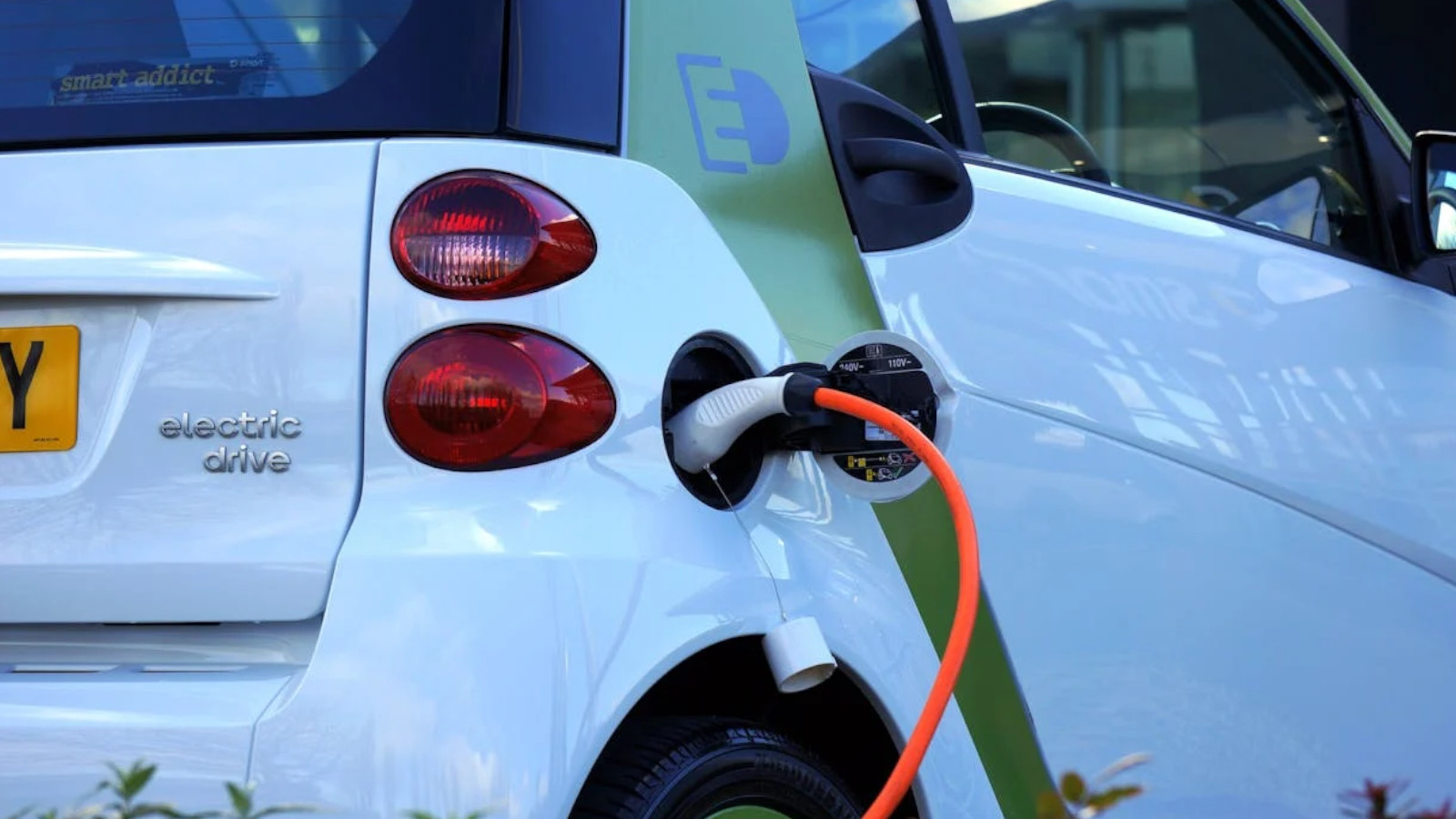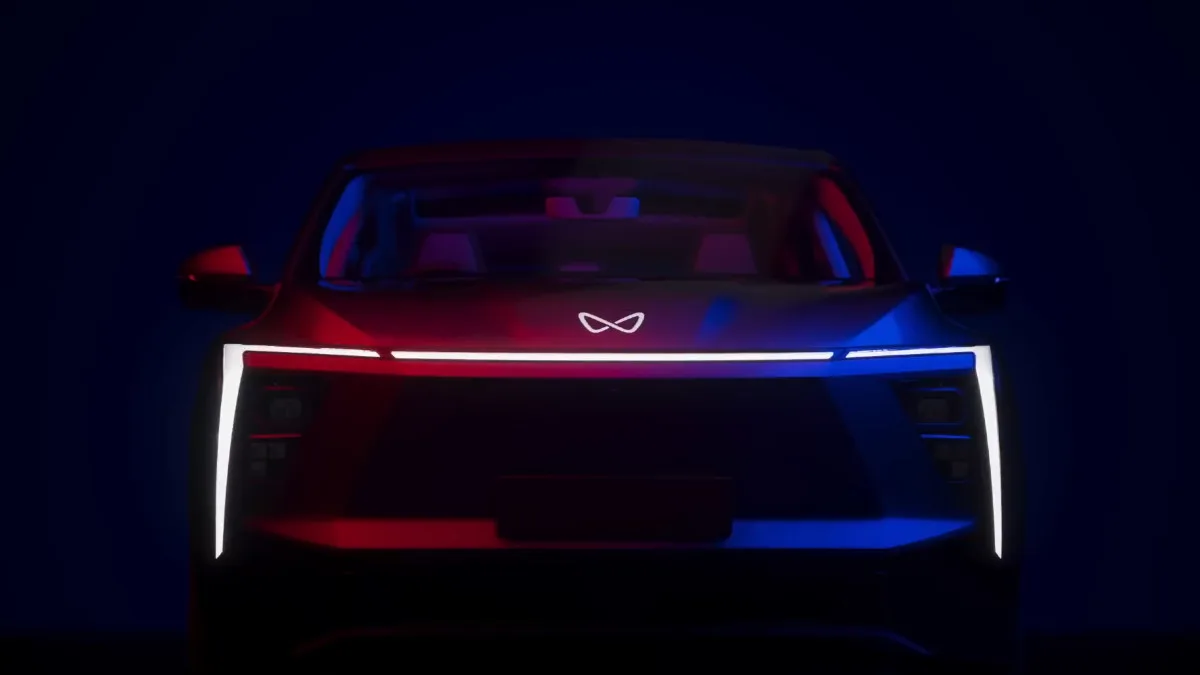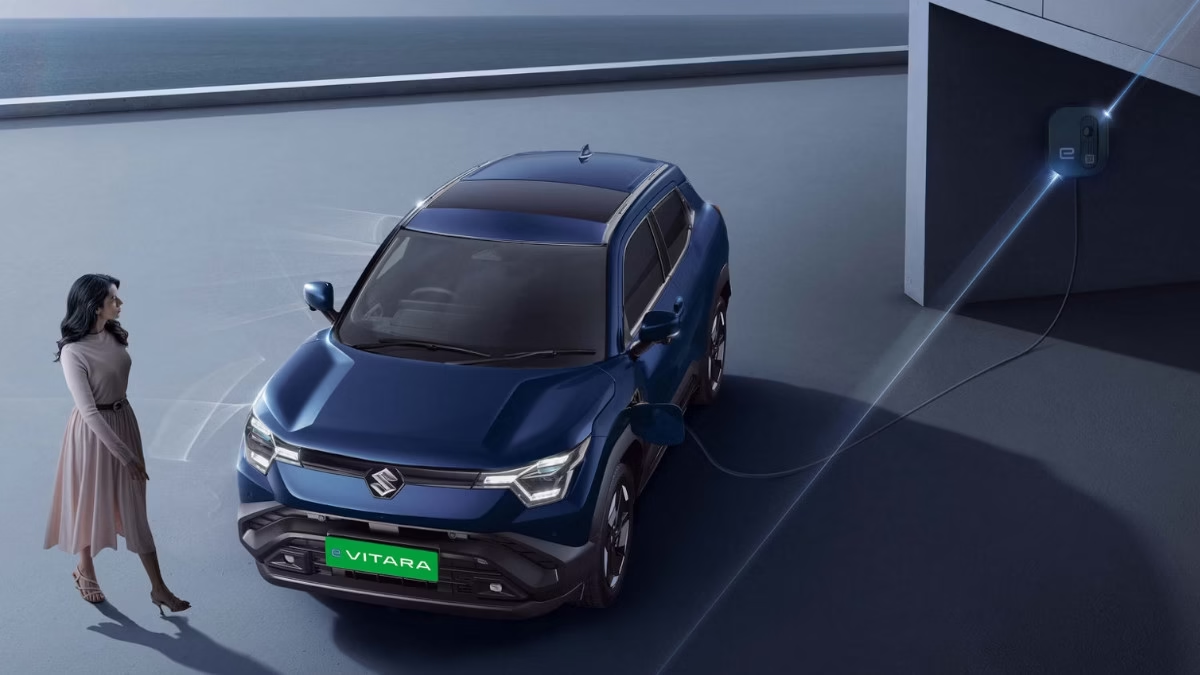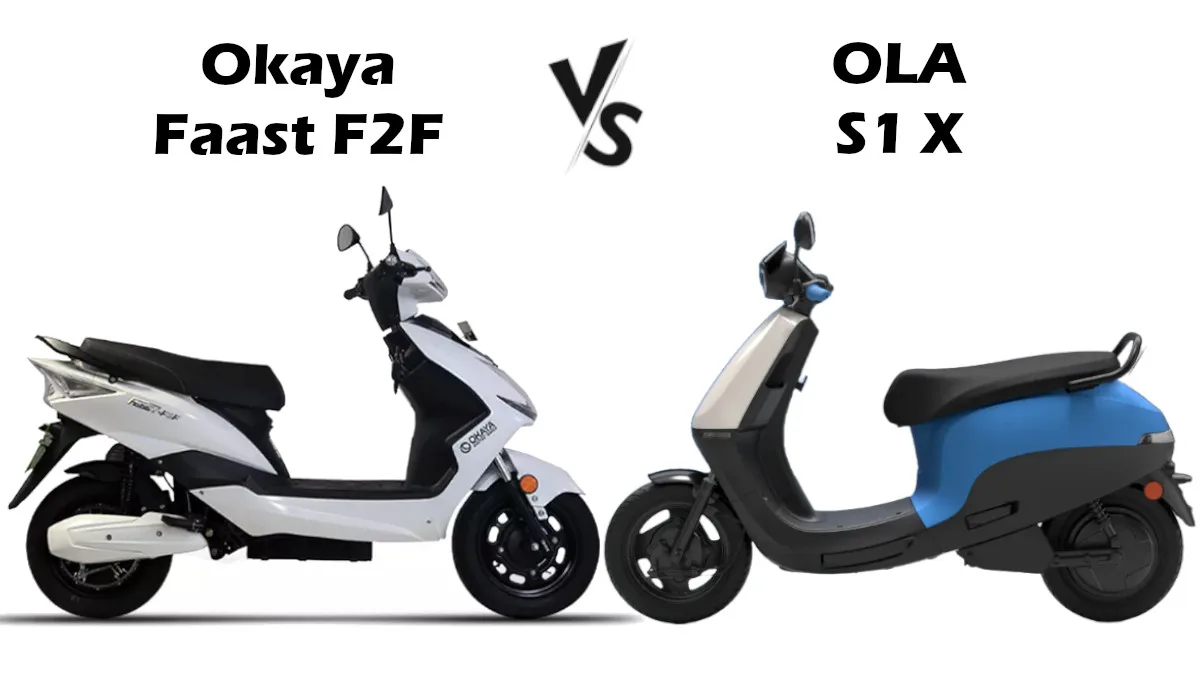For some time, electric vehicles (EVs) have been viewed as the long-term solution for global mobility. While the transition to battery-powered transportation has sparked debates within the global automotive industry, it appears to be an inevitable shift. The Indian government has championed this transition for over a decade, with Union Minister of Transport and Highways, Nitin Gadkari, at the forefront of this movement.
Gadkari has been a strong advocate for the widespread adoption of EVs in India, urging local manufacturers to produce these vehicles domestically. This push aims to reduce the nation’s reliance on imports to meet the growing demand. To encourage this shift, the government needed to create a substantial demand for cleaner, battery-powered vehicles over traditional fossil fuel-powered ones.
The Faster Adoption of Manufacturing of Electric Vehicles (FAME) scheme played a crucial role in this transformative journey. Launched in 2015, FAME sought to promote the use of EVs in India through incentives and subsidies. While the initial FAME scheme provided a foundation, it was FAME 2.0, introduced in 2019, that significantly boosted EV sales across various segments.
However, earlier this year, there was a significant shift when many of the benefits provided under the FAME 2.0 scheme were either reduced or eliminated. Recently, Gadkari asserted that government subsidies are no longer necessary for EV manufacturers, citing the rapid growth in demand for EVs and alternative fuel vehicles like CNG.
Gadkari’s statement is also supported by the decreasing cost of batteries and favorable tax policies, which have created a conducive market environment. As a result, EV manufacturers in India have reached a level of sustainability that allows them to thrive without government subsidies. But does this really reflect the entire picture?
Impact of FAME 2.0 Subsidies
FAME 2.0 significantly boosted incentives for electric two-wheelers, three-wheelers, and four-wheelers, leading to a substantial increase in EV sales, especially in the two-wheeler segment. Companies like Ola Electric, Ather Energy, and Bajaj Auto capitalized on the scheme, introducing innovative and affordable electric scooters that resonated with Indian consumers.
However, the withdrawal of FAME 2.0 incentives in March 2024 marked a turning point for the Indian EV market. While the government emphasized the need for the industry to mature and become self-sufficient, the sudden withdrawal caught many stakeholders by surprise, leading to an immediate decline in EV sales across various segments.
Monthly EV Sales:
- January: 1,45,044
- February: 1,41,073
- March: 2,13,036
- April: 1,15,850
- May: 1,40,548
- June: 1,39,905
- July: 1,78,948
- August: 1,56,199
The sales figures indicate that March was the highest-selling month for EVs across all segments in India, which coincided with the last month before the FAME 2.0 policy was heavily reworked. This surge likely indicates panic buying. However, it remains difficult to conclusively determine the long-term impact of the subsidy withdrawal on EV sales.
Can EVs Survive Without Subsidies?
The pressing question now is whether EVs can sustain themselves in India without subsidies in the long run. Currently, it’s challenging to predict, as EVs account for less than 10% of the market share, and there is still a long way to go before a mass transition from internal combustion engine (ICE) vehicles to battery-powered vehicles occurs.
The withdrawal of FAME 2.0 subsidies has had several implications:
- Increased Costs: Without subsidies, consumers faced higher upfront costs for EVs, making them less affordable in a price-sensitive market like India.
- Demand Slump: The sudden price increase dampened consumer demand, leading to a slowdown in sales for several EV manufacturers.
- Industry Challenges: The withdrawal posed challenges for the nascent EV ecosystem, including suppliers, charging infrastructure providers, and battery manufacturers.
Despite these setbacks, the Indian EV market has shown resilience. Several factors have contributed to a gradual recovery:
- State-Level Incentives: Many state governments have introduced their own EV policies and subsidies, partially offsetting the impact of the FAME 2.0 withdrawal.
- Growing Awareness: Consumer awareness of the benefits of EVs, such as reduced pollution and lower operating costs, continues to rise.
- Technological Advancements: Ongoing advancements in battery technology and charging infrastructure are making EVs more practical and convenient.
Industry Reactions on World EV Day
On World EV Day, industry leaders shared their perspectives on the growth and future of EVs in India. Manu Saxena, Senior Vice President of EV Business at TVS Motor Company, remarked, “World EV Day is a powerful reminder of how far we’ve come and the exciting future that lies ahead in green mobility. India is poised to lead the world in electric vehicle innovation, driven by our strides toward ‘atma nirbhar’ design, engineering, and supply chain excellence.”
Saxena also emphasized the importance of government initiatives such as FAME and EMPS in fostering the growth of the EV sector. He noted that with the expanding charging infrastructure and strategic global reach, India is well-positioned to become a leading hub for electric two-wheeler exports.
Jyoti Malhotra, Managing Director of Volvo Car India, echoed this sentiment, stating, “At Volvo Car India, we fully embrace this vision with our C40 Recharge and XC40 Recharge cars that deliver zero tailpipe emissions and use recyclable materials to reduce environmental impact.”
Shradha Suri Marwah, President of ACMA India, highlighted the transformative role of the auto component industry in shaping India’s journey toward sustainable mobility. She emphasized that the transition to electric vehicles is not just a technological shift but a redefinition of how we move, with a deep commitment to the environment. India’s auto component manufacturers are leading this charge by pioneering essential innovations in EV-specific components such as batteries and motors.
Discover more from Wheels Craze - Automotive News, EV News, Car News, Bike News
Subscribe to get the latest posts sent to your email.





